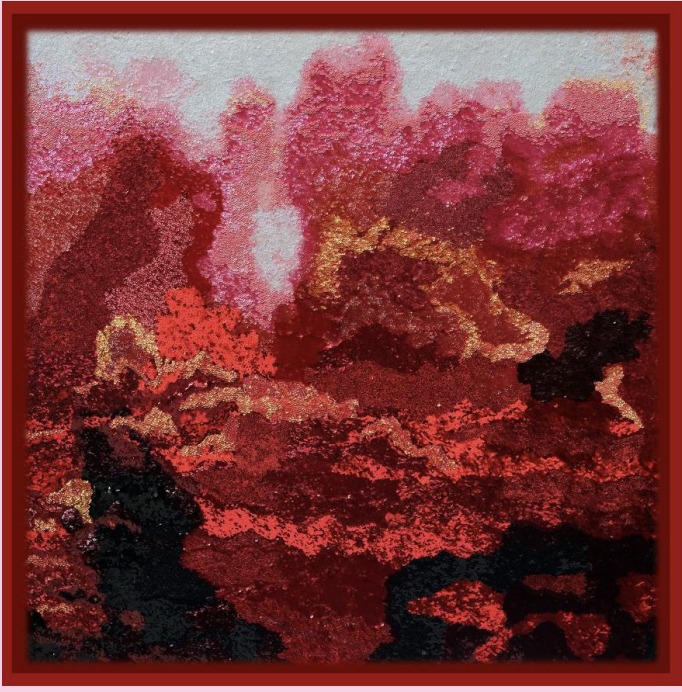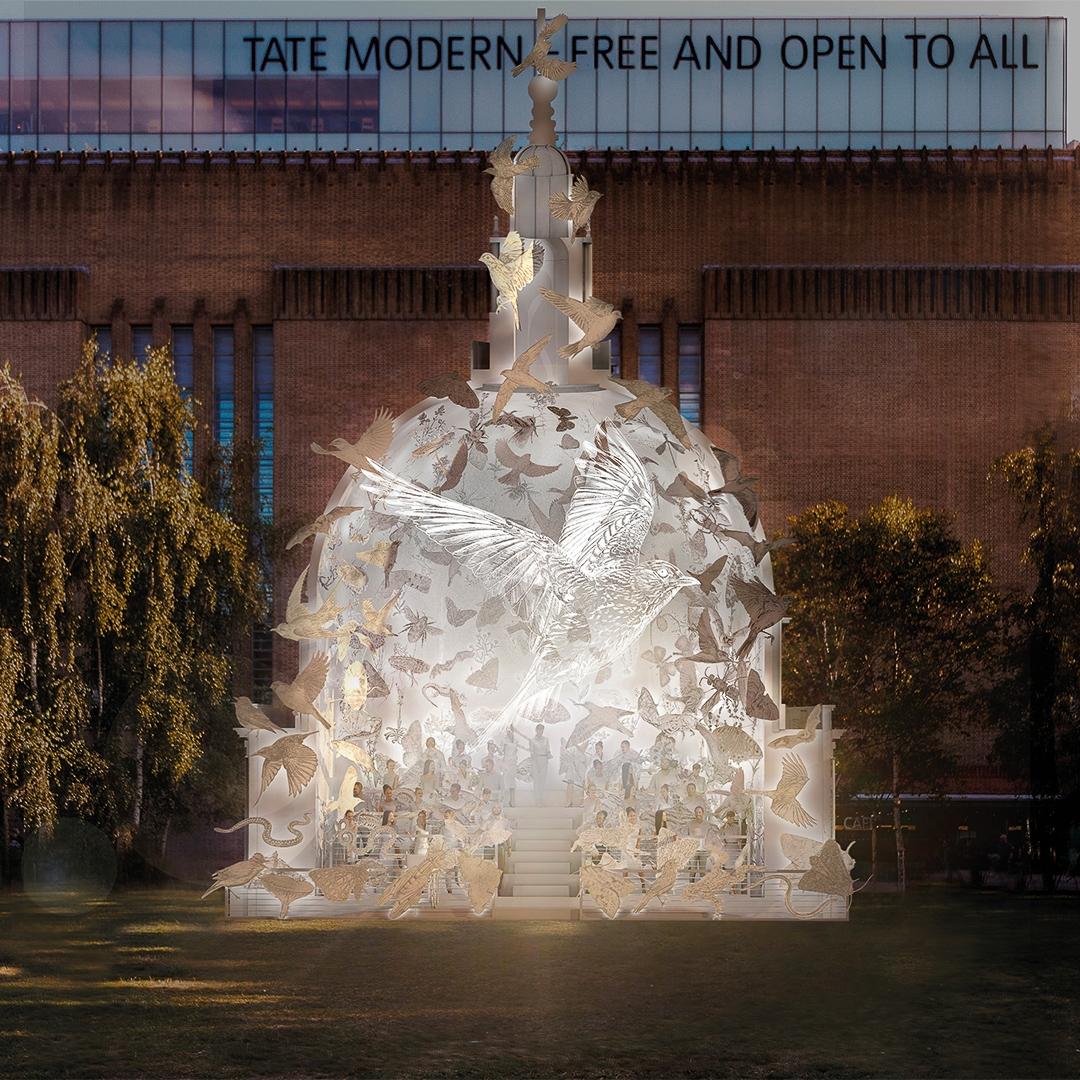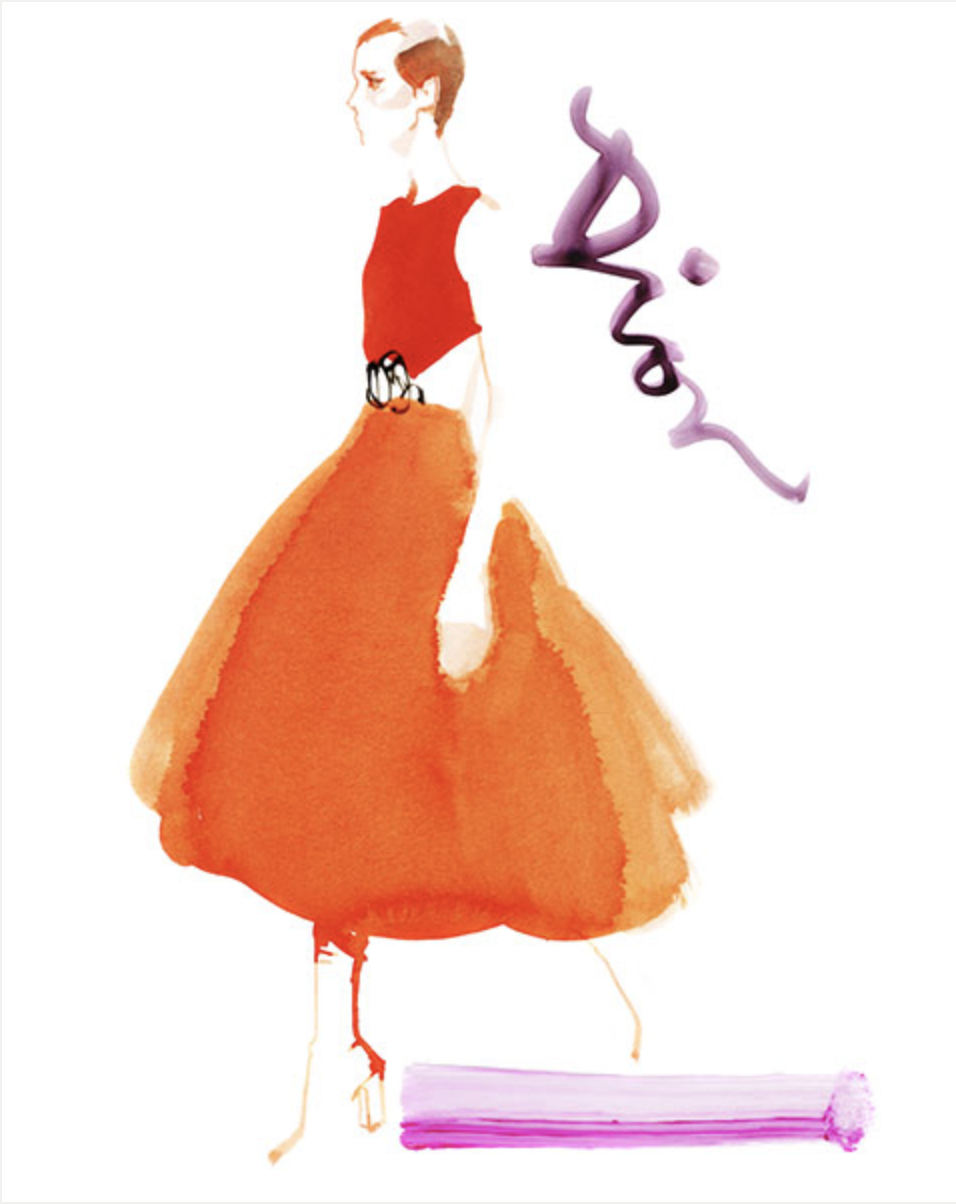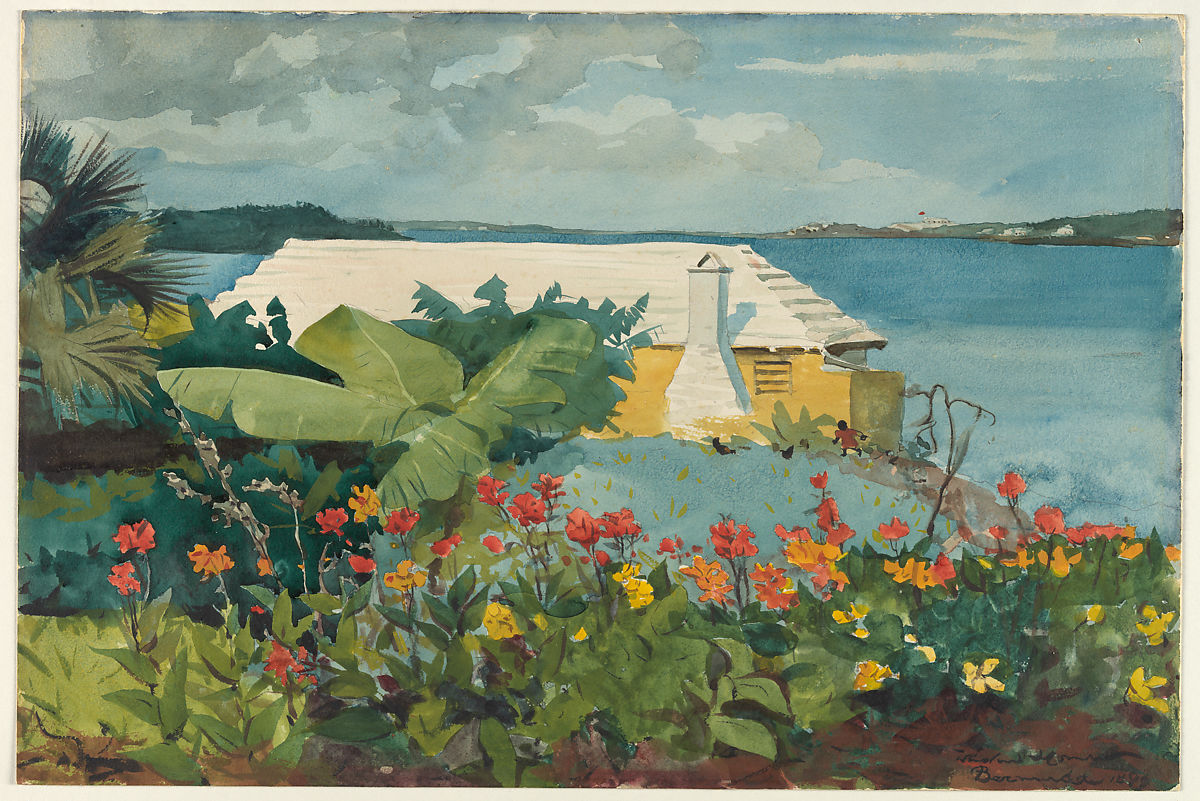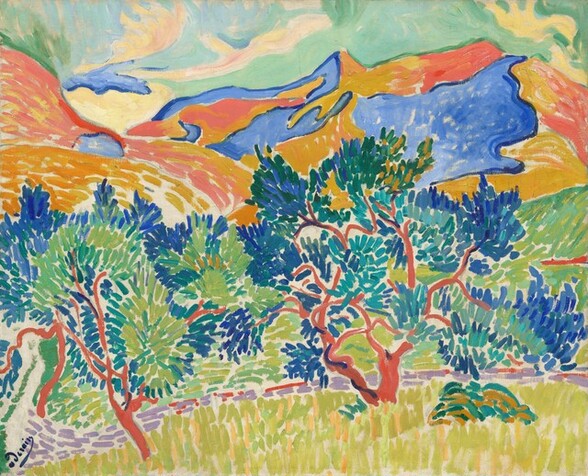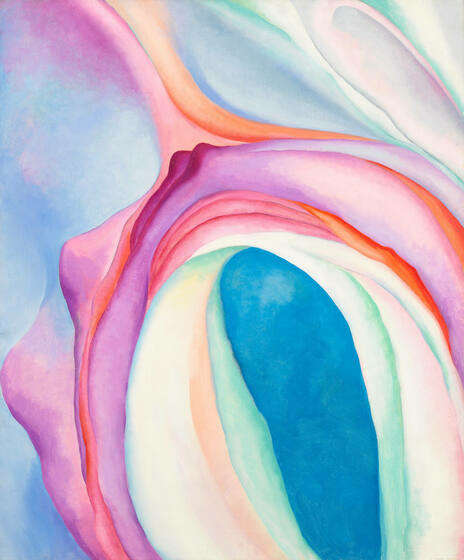
Discover Frank Bowling, Turmoil, 2022
With a career spanning over 60 years, Frank Bowling is one of the most exciting living artists in Britain. Like his changing environments - from the town of Bartica in colonial British Guinia where he was born, to his childhood spent in New Amsterdam, then to London in 1953 to pursue art, to New York for a decade and then back to London where he currently lives and works – Bowling's artwork is constantly shifting and provoking new sensations for spectators.
Turmoil is one of Bowling’s newest paintings in which he experiments with the physicality of the canvas, textures, colour, and the methods of applying of paint. For Bowling, material practice has always come before intellectual strategy. Dripping, pouring, playing, spraying, scraping – these are all in Bowling’s abstract artistic vocabulary through which he creates such sensual and deep visions of colour. Like works by Cy Twombly or James Turell, one cannot help but engage their senses and endeavour on a journey of looking when being confronted with Bowling’s bold paintings.
Turmoil is one of Bowling’s newest paintings in which he experiments with the physicality of the canvas, textures, colour, and the methods of applying of paint. For Bowling, material practice has always come before intellectual strategy. Dripping, pouring, playing, spraying, scraping – these are all in Bowling’s abstract artistic vocabulary through which he creates such sensual and deep visions of colour. Like works by Cy Twombly or James Turell, one cannot help but engage their senses and endeavour on a journey of looking when being confronted with Bowling’s bold paintings.
Share




